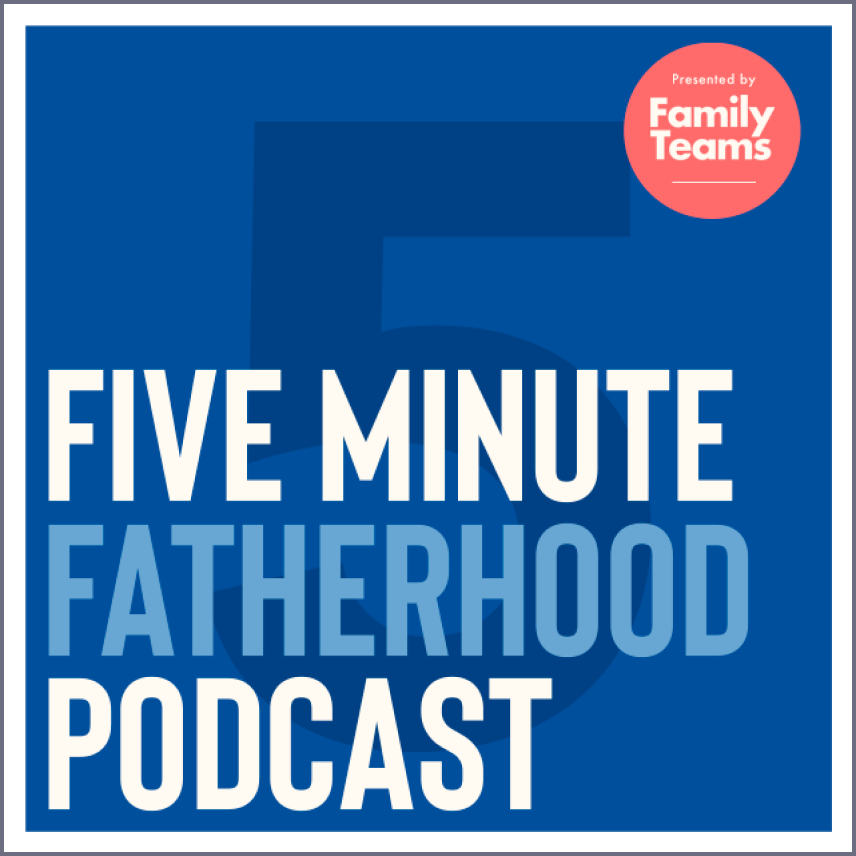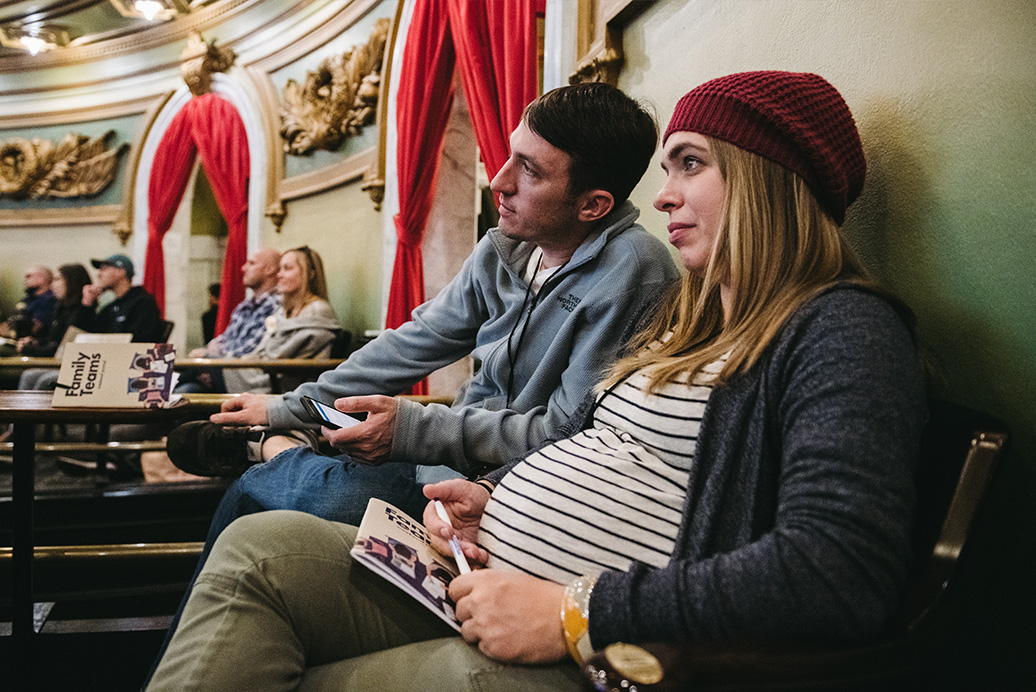Jeremy:
This is coming from a question we actually got in homeroom. Maddie said, “We just moved and are redoing portions of our house. Wondering if anyone has made changes to their home that they think have helped to craft good rhythms, good traditions, et cetera.” I love this question.
Jeff:
Good question.
Jeremy:
That question is so helpful. So, we’re going to share. I’ll share the first one and then pass it to you, Jeff. Okay. A family team needs to invest in a good dining room space. This could be your table, but man, you guys know we talk about table time. This thing called a dining room, this formal thing that if you look at a house that’s like pre 19, maybe 60, you’ll almost always see it. Even in tiny spaces, you’ll find dining rooms are like apartments that were built before the 1970s, 1960s. Newer houses have these great big open areas where you have the kitchen and the eating space and living room are all connected.
However you do it, make sure that there is a table culture being built. And so you have to build around that table. And so just thinking about that, how that space is cultivated, not making that just simply maybe a sloppy space where you’re just eating at the counter all the time, but you really want to craft what a family meal, where we’re having deep conversations, where even we’re training our kids to engage in in that kind of table conversation and table experience. That’s a big one, but Jeff, what do you got?
Jeff:
Yeah, another one I would say is like, we call them either kids’ spaces, but really what they’re functioning to do is basically I would say imaginative spaces. So sometimes people even joke when they come in our house, but we’ve kind of converted every little closet and even our garage and our garage is not a garage. It’s a homeschool playroom.
Our main closet, when you come in, it’s usually where homes put coats and shoes and all that. It’s not that, it’s a playroom. And so I would say that’s a big one. And what I think that does is that fosters… We really try to foster a ton of unstructured, imaginative play, especially when the kids are that age, whether it’s with books, Lego kind of wood toys, all the little things they play with, dress up, kind of open-ended unstructured spaces for play, I think has so much more benefits than people realize. Our kids don’t talk about screens that much and not because we’re anti screen, but just because the space is shaped, not towards screens, but towards, “Go read a book, go play with Legos, go build this, go put on dress up.” Stuff like that.
And of course they still ask, and what movies and we love movies. We have movie nights, et cetera, but I think, yeah, that just centers the family and then the sibling connection that that fosters has just gone through the roof we’ve realized. Because every single day they’re just kind of wanting to play together now because the space really only lends itself for that. So I would say that’s one for sure.
Jeremy:
That’s good. Okay. Another one, Maddie, that a lot of people do that is weird for a lot of families that aren’t family teams is that a lot of us have set aside a room in the house for potentially a household assistant. Kind of a more permanent guest room or guest space and so people that we know that have a three bedroom house, they’ll have a boys room, a girl’s room and then a guest room. Whereas a typical family would probably just, if they have three kids, spread their three kids throughout those three rooms and I just think of this as roommate space. A big reason why a lot of people do that is one, for discipleship. We really like to invest in young singles who are trying to understand what a family is like and the Bible says that the Lord puts the solitary in a home.
So we want to have that as a ministry of our family. Another one is we really want to have a space so that somebody could help us care for our kids. And we can really have more robust rhythms. Our date nights, if there are times where we feel like we’re burning out, especially as you get into a larger family, four or five, six kids, man, having somebody live with you that is helping with the laundry, helping clean, helping with the diapers, helping with just watching the kids or helping with all the errands that have to be run so that you can spend more time with your kids, oftentimes leveraging a room in your house is the least expensive, most integrated way of getting help if you’re drowning in a season. And so thinking about that third bedroom or whatever in that way is a really common thing I see family teams doing.
Jeff:
Yeah. I love that one. Another one, I would say that’s similar to the last one, but I think more specific is book space. We just so care about… One of our favorite rituals in our family is read aloud time and also just kids exploring through the books. But you have to put them everywhere. Right? So we have all these spaces where under our coffee table is just kids books. And one of our closets is just kids books, next to one of our daybeds is just kids’ books. In one of our little random hallway kind of like, it’s a weird little space. It’s just kids books. I can go out probably like five more… and what that does is it just creates all these moments of almost every room we’re in in the house, I’ve noticed it naturally just like, “Oh, let’s just hop in my lap real quick. Let’s read a book,” you know what I mean?
And it’s not like, “Let’s go find it,” or whatever. It’s just, it kind of just fosters this every room in the house is kind of a “Let’s cuddle. Let’s hang out, let’s read a book, let’s talk, let’s sit down.” And I really like what that does for the family culture. And like you’ve talked about Jeremy, even when the kids get older, then that’s more them reading books and kind of these quiet spaces and being alone with their thoughts and all the stuff that’s necessary for teenage development. So yeah. I love that.
Jeremy:
The biggest thing there, you guys, is you can’t have a TV blaring ina main room of the house if you ever want to have a book culture as your family.
Jeff:
Yes. Yes, exactly. Exactly.
Jeremy:
Got to be careful of that one. Okay. The last one, it kind of relates to what you just said is fire. I would say one thing that family teams I’ve seen really invest in is, fire, like a fireplace. We have a wood-burning fireplace.
Jeff:
Little electric ones.
Jeremy:
We had an electric one for a while, and then when we were doing an addition, we put a big wood burning stove in the middle of our living room. That kind of radiates heat. What you’re looking for there, you guys, is you want to create that are the pace of relationship, the pace of a conversation. And there’s something really dynamic about taking the time to build a fire and enjoy a fire that it’s work, but it’s also… It creates a culture, vibe and experience that is highly relational, storytelling, reading…
Jeff:
No one argues with that. No one argues with that or would disagree with that on a Christian camp culture, or a camping culture, or a backyard culture. There’s so many of us can place how a fire at the camp ground, a fire at the camp, the Christian camp, a fire at the cabin or fire in the backyard just is such a vacuum, like zoop. You just orbit to it. You change your mood. What you talk about changes. And me and Alyssa even leveraged that for date nights. We have a little backyard one and what’s so insane how much better our date nights are if we go sit out in the backyard versus sit in our living room. And it’s just because something like this fire, it totally does. Creates an experience and a mood, but a lot of us don’t bring it inside the home, which some of us can’t, we don’t, but because, Hawaii, who needs a fire, but it’s such a addition, you know what I mean of like, yeah. Bring that spirit into the home is really powerful.
Jeremy:
Very good.





